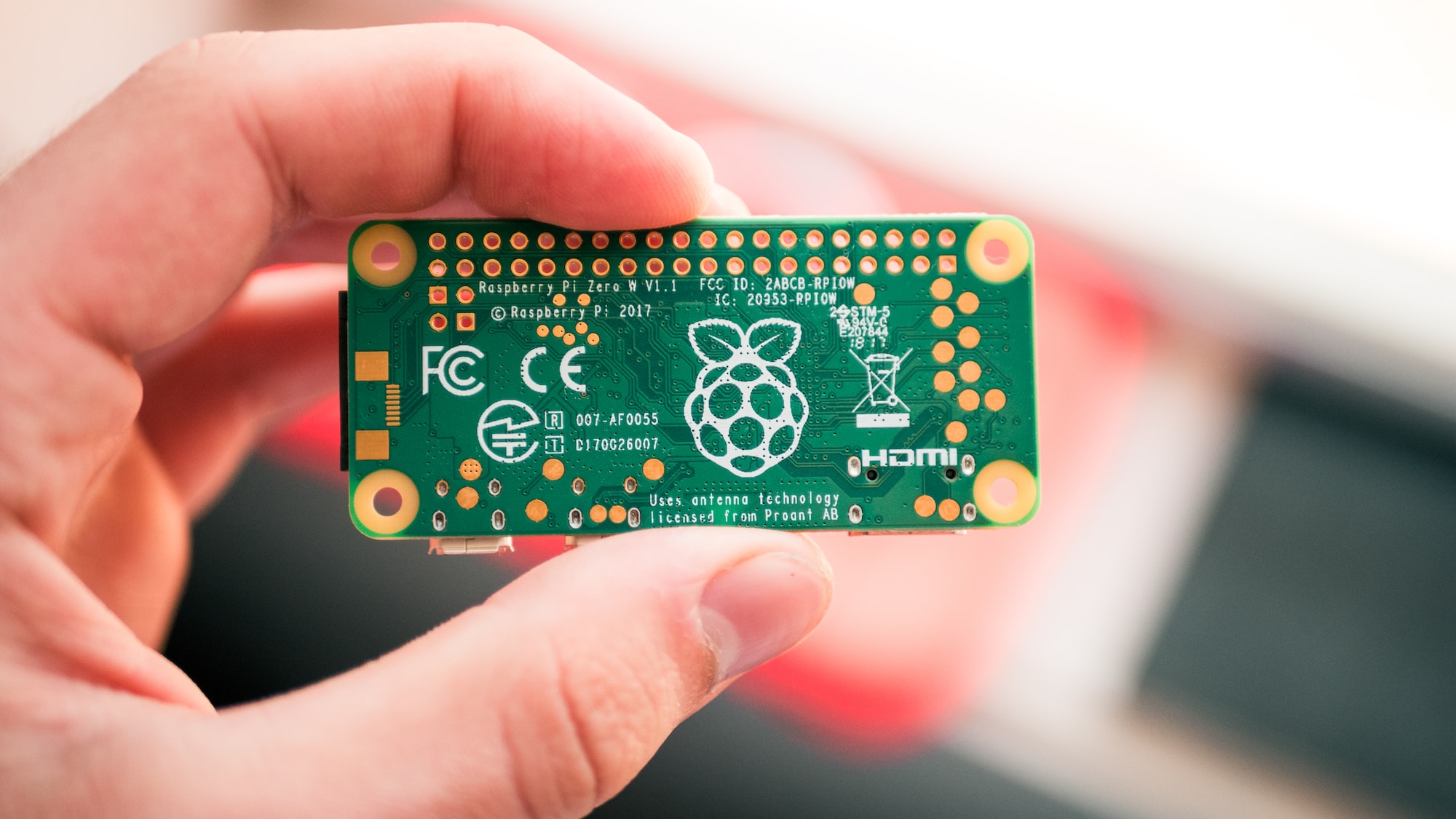Pi Pico: The $4 Microcontroller Revolution
Raspberry Pi released the Pico microcontroller on January 21, 2021, marking their entry into the microcontroller market at an incredibly aggressive price point of just $4.
Key Features
The Pico brings impressive capabilities for its price:
- Dual-core ARM Cortex-M0+ processor running at 133MHz
- 264KB of on-chip RAM
- Support for up to 16MB of off-chip Flash memory
- 26 multifunction GPIO pins
- 3 analogue inputs
- USB 1.1 controller
- 8 Programmable I/O state machines
- Programmable with C/C++ and MicroPython
Technical Specifications
- Processor: Dual-core Arm Cortex-M0+ @ 133MHz
- RAM: 264KB on-chip
- Storage: Support for up to 16MB off-chip Flash memory via QSPI bus
- GPIO: 30 GPIO pins (26 exposed)
- Power: Less than 2mA in sleep mode
- Programming: Drag-and-drop programming using mass storage over USB
What Makes It Special
Ultra-Low Cost
At just $4, the Pico democratizes access to microcontroller development. This price point makes it accessible for education, prototyping, and even production use.
Easy Programming
The Pico can be programmed by simply dragging and dropping files onto it like a USB drive. This eliminates the need for special programming hardware or complex toolchains for beginners.
Developed In-House
Unlike their single-board computers, the Pico uses Raspberry Pi’s own RP2040 chip, developed entirely in-house. This gives them complete control over the design and features.
Excellent Documentation
True to Raspberry Pi form, the Pico comes with comprehensive documentation and a beginner’s book, making it accessible to newcomers.
Project Ideas
The community has already started exploring creative uses:
- Custom Mechanical Keyboards - The Pico’s GPIO and USB capabilities make it perfect for keyboard projects
- Low-Powered Game Consoles - Create retro gaming devices with minimal power consumption
- Crypto Hardware Wallets - Build secure, offline cryptocurrency storage
- Home Light Controls - Automate your home lighting with custom protocols
- Balloon Trackers - Ultra-low power consumption makes it ideal for high-altitude projects
Comparison to Competition
The Pico enters a competitive market but stands out with:
- Lower price than most Arduino boards
- More processing power than basic microcontrollers
- Better documentation than many alternatives
- Strong community support from day one
Getting Started
To start with the Pico:
- Purchase a Pico for $4 from authorized retailers
- Download the MicroPython UF2 file
- Hold the BOOTSEL button while connecting to USB
- Drag the UF2 file to the RPI-RP2 drive
- Start coding in your favorite editor
The Future
The Pico represents Raspberry Pi’s commitment to making technology accessible. With its combination of low cost, ease of use, and powerful features, it’s poised to become a staple in the maker community and beyond.
Whether you’re a beginner looking to learn embedded programming or an experienced developer needing an affordable microcontroller for production, the Pico offers compelling value at an unbeatable price point.
